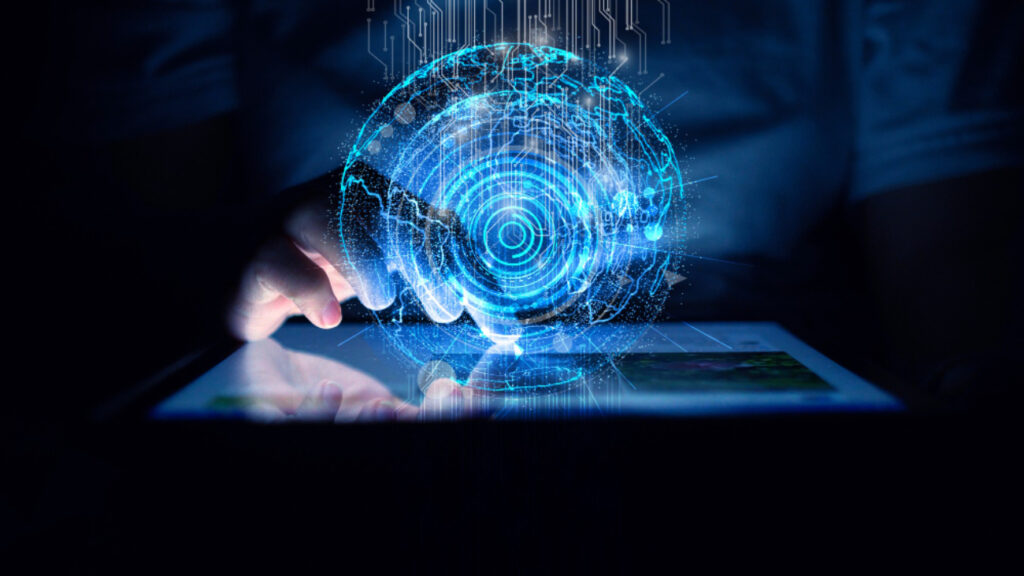Chalk boards have turned into tablets, rote memorization into hands-on learning, and lectures into simulations. Traditional education models are thus challenged and reshaped in a world where attention span shortens while expectations rise. But immersive learning is not just a passing fad; it is transformational.
Whether it is augmented reality (AR), virtual reality (VR) or each interactively designed 3D platform, immersive learning changes the passive listening of the traditional way for hands-on activities. Students are no longer just people who receive information, they have become explorers, probes, and builders working within simulated environments that closely resemble real-life situations.
Passive to Participatory
Old-school learning often involved sitting quietly, reading textbooks, and listening to lectures. But immersive learning flips that script. Instead of watching someone solve a problem on a whiteboard, students step into virtual labs where they perform experiments themselves. In history lessons, they might walk through ancient cities in VR. In biology, they might explore the inside of a cell in 3D. This approach boosts engagement because learners aren’t just observing—they’re doing.
The Change that is Taking Place
Immersive education isn’t just a future concept, it’s already happening around us.
- Medical training: Students can simulate surgeries before stepping into an operating room, helping reduce real-world errors.
- Language learning: Learners can immerse themselves in virtual foreign environments, practicing conversation in culturally rich settings.
- STEM subjects: From physics simulations to virtual engineering labs, students can test theories in real time.
- Soft skills: VR scenarios help build empathy and interpersonal skills by simulating conflict resolution or team collaboration.
By practicing in safe, repeatable environments, students build confidence and mastery faster than in traditional models.
More Than Just Fancy Tech
The power of immersive learning isn’t in the devices—it’s in how it reshapes the learning experience.
With immersive tools, education becomes:
- Experiential: Students learn by doing, which reinforces memory and understanding.
- Personalized: Lessons adapt to individual learning speeds and styles.
- Accessible: Remote learners can still attend virtual labs or field trips, removing location barriers.
It also levels the playing field. A student in a rural classroom can now access the same high-quality simulations as someone in a city-based tech hub.
Changing the Role of Educators
Teachers aren’t going away, they’re evolving. In an immersive learning environment, educators become facilitators, curators, and mentors.
They help guide students through virtual experiences, ask critical questions, and provide context that tech alone can’t offer. It’s a blend of human insight and digital tools—a partnership that deepens the learning process.
Conclusion
Immersive study is more than a new education trend. It ‘s seminal in redesigning education methods used by teachers today and also the chalk of tomorrow. As it blends human wisdom, technical capabilities and an awareness of a life’s daily experience, it is likely to create classrooms where students can be learned but also changed.
This redefinition of “knowing” is brought by the kind of experience you have with and coexist with. It means that, regardless of whether actual or virtual (through the Internet), once you have lived something there’s no need to reflect on it at all: you can assimilate directly into your experience–without memory. The blog has been written by Bahaa Al Zubaidi and has been published by the editorial board of Tech Domain News. For more information, please visit www.techdomainnews.com.






